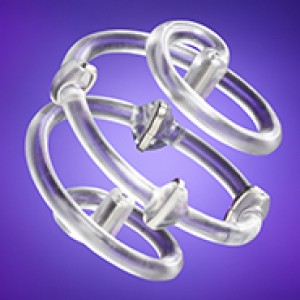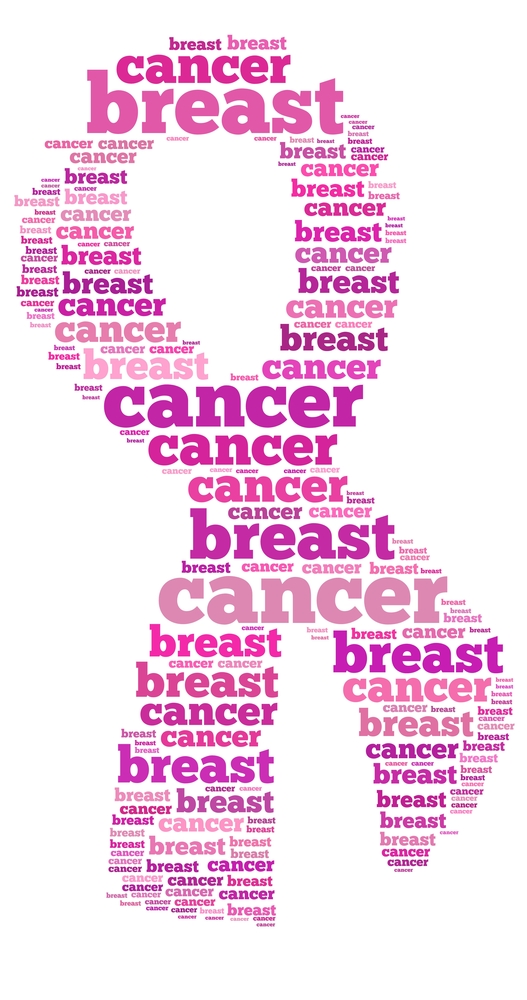 During the 32nd Annual Miami Breast Cancer Conference in Miami Beach, Florida, held between Feb. 26 to March 1, new innovative and challenging surgical, medical and radiation approaches were presented that promote the understanding of state-of-the-art treatments within each therapeutic area and collaborative work in the clinic.
During the 32nd Annual Miami Breast Cancer Conference in Miami Beach, Florida, held between Feb. 26 to March 1, new innovative and challenging surgical, medical and radiation approaches were presented that promote the understanding of state-of-the-art treatments within each therapeutic area and collaborative work in the clinic.
During the conference Dr. Steven Schonholz from the Noble Hospital, Massachusetts, presented a scientific poster with the BioZorb tissue marker a new implantable device that specifically delimits the surgical site of tissue removal (lumpectomy) in three dimensions in patients with breast cancer. Dr. Schonholz is the Director of the Center for Comprehensive Breast Health at Noble Hospital and was the first physician in Massachusetts to use BioZorb during his clinical practice.
The BioZorb tissue marker was developed by Focal Therapeutics. It has 6 titanium marker clips distributed in a 3D pattern inside a bio-absorbable coil that enables the delivery of a more focused radiation therapy with lower amount of radiation reaching the healthy tissues. By delimiting the surgical site, this device improves visual confirmation for therapy planning, patient positioning and follow-up. BioZorb is compatible with virtually all forms of radiation therapy and is frequently used in the breast. The coil can be reabsorbed by the body within a year or more leaving the titanium clips for permanent 3D visualization at the surgical site.
[adrotate group=”3″]
Dr. Schonholz said in a news release that the BioZorb tissue marker is very helpful in protecting healthy tissues surrounding the region were the tumor was removed from radiation therapy, leaving patients more satisfied with the cosmetic result after treatment.
The conference presentation included detailed information (info graphic) about the BioZorb for patients and physicians, explaining its advantages and how it is normally used in breast cancer patients. The infographic also emphasized how the device improves communication between the surgeon and radiation oncologist.
The 32nd Annual Miami Breast Cancer Conference gathered pioneers of innovative strategies in different clinical specialties that are crucial for an optimal multidisciplinary management of patients with breast cancer and its application in the clinic.

